As spring sets in, bats are waking up from hibernation or migrating back from their southern winter homes.
Due to current concerns regarding bats and COVID-19, the return of bats may be concerning for some. However, Canadian bat species differ considerably from the bat species that are suspected to be the origin of COVID-19. These bats are not even found in Canada. Learn more about bats and COVID-19 >
Stressed-out Bats

Canada’s hard-working bats are proven allies in our fight against flying insects that may be vectors to other illnesses, such as West Nile Virus and malaria. They also help to keep our forests and crops free of pest species.
Sadly, some of our Canadian bats are at-risk. Winter is devastating for some of North America’s hibernating bat species. White-nose Syndrome leaves many cave floors littered with victims, including the Little Brown Bat, Tri-colored Bat and Northern Myotis.
But hope lies with those bats that have safely emerged from their sleep because these individuals may be resistant to the disease. And pregnant females can breathe new life into the bat population.
Batty Moms
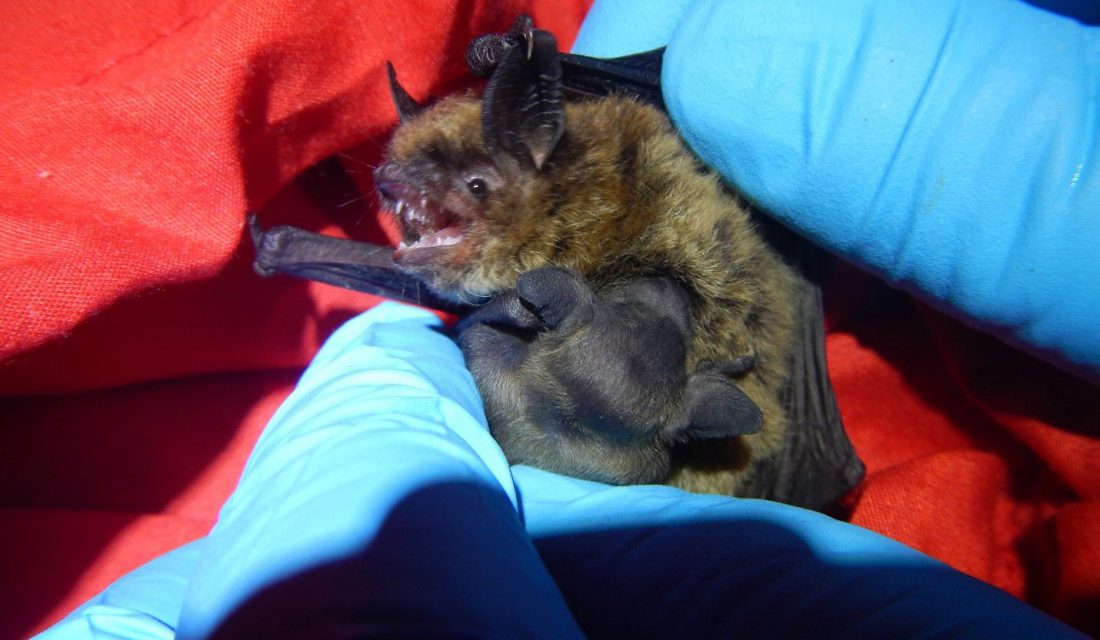
Canada’s bats practice a unique reproductive technique called delayed fertilization. Females store sperm from last fall’s mating season and fertilize in the spring. This gives females a head start on developing and birthing their pup, which they do in places called maternity roosts.
Bats are very loyal to their roosts. Females will return to the same maternity roost each spring and congregate together to optimize heat; they need temperatures between 30-40oC and just the right level of humidity.
The Perfect Roost
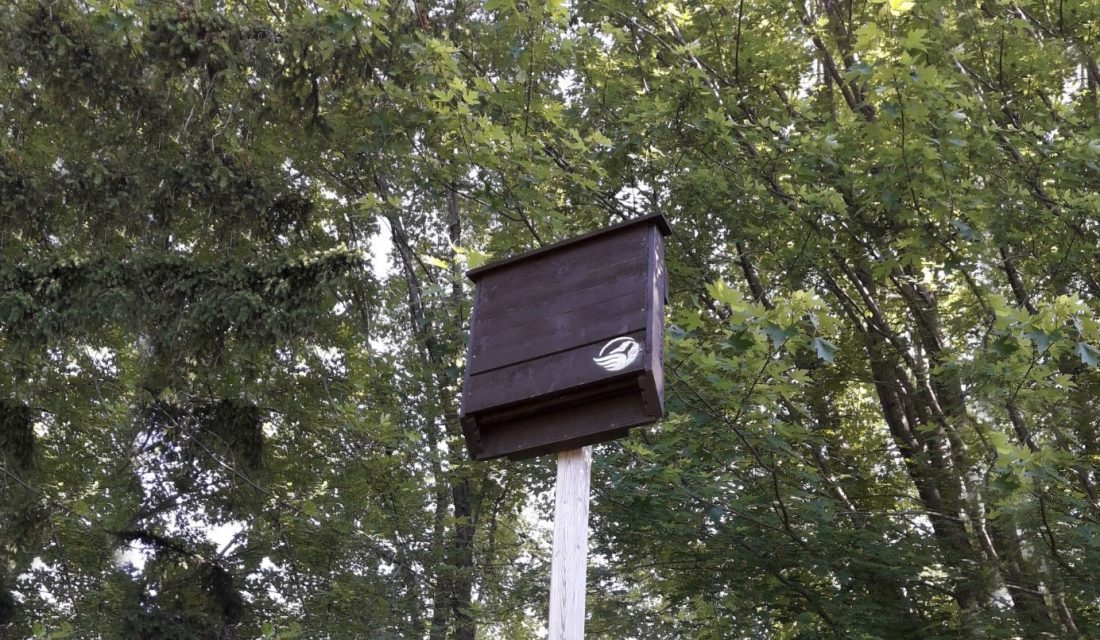
An ideal roost for bats could be a natural spot, such as a hollow tree or rock crevice, or a human-made structure, such as a soffit, barn, garage or attic.
Bats can also roost in dead trees that have been left standing, provided there’s no risk of the tree falling and causing damage or harm.
You can provide moms-to-be with a home by building your own two-chambered bat house using our DIY plans. It can take a little time for bats to get used to a bat house, so don’t be disappointed if your house isn’t used right away. It’s best to install your bat house in spring to give bats time to warm up to it.
We have tips for how and where to install your roost to give it the best chance of being occupied.
Occupancy Full
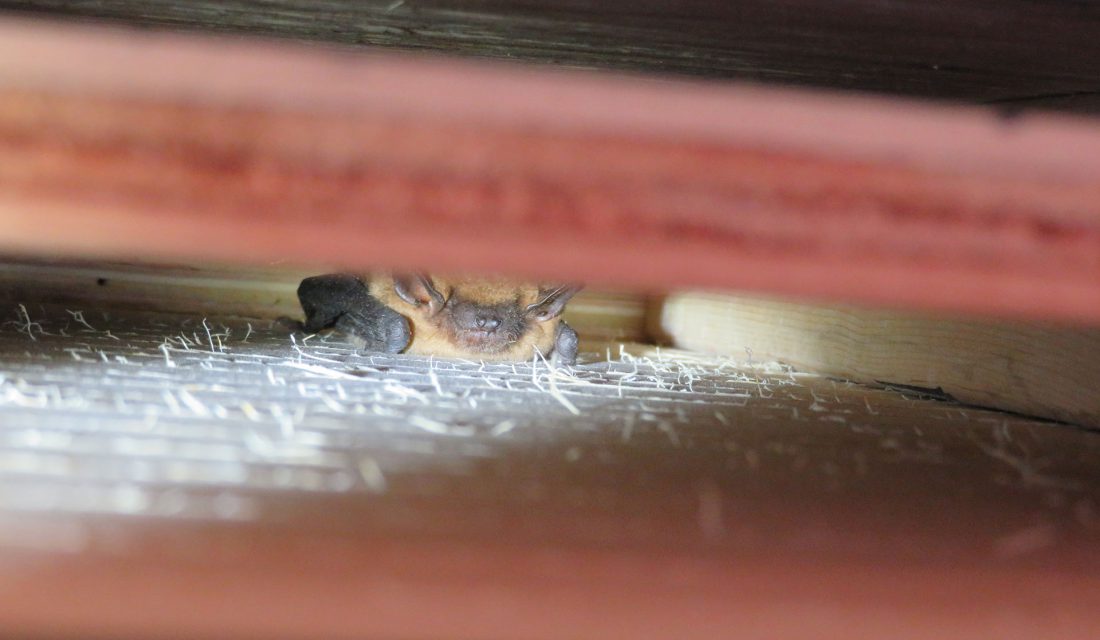
If you have bats in your attic or other structure, it’s best to leave them be. If they’re causing a problem or health concern, don’t evict them between early and late summer – females in late pregnancy won’t be able to find another suitable site before giving birth in mid-summer.
Once born, pups can’t fly until late summer. They sometimes venture out while hanging onto their mother, but at other times they are left in the roost. An eviction from an attic or other structure allows bats to leave, but the mothers can’t get back in. Pups inside either die or try to find another way out, which may lead them into other areas of the home.
If you have an occupied roost, lucky you. Here are some direct benefits:
- Provides an entertaining activity at dusk (it’s a hit with the kids)
- Keeps insect-eating bats on your property
- Contributes to conservation science
The Canadian Wildlife Federation is researching occupied roost sites and working to determine the best bat house designs. You can contribute to our research by monitoring your roost and sharing your observations on iNaturalist.ca or the iNaturalist app. We have a step by step guide for how to easily monitor your bat house and enter your observations.
Keep an eye on the horizon at dusk and you might just catch a glimpse of an incredible creature in your own backyard.

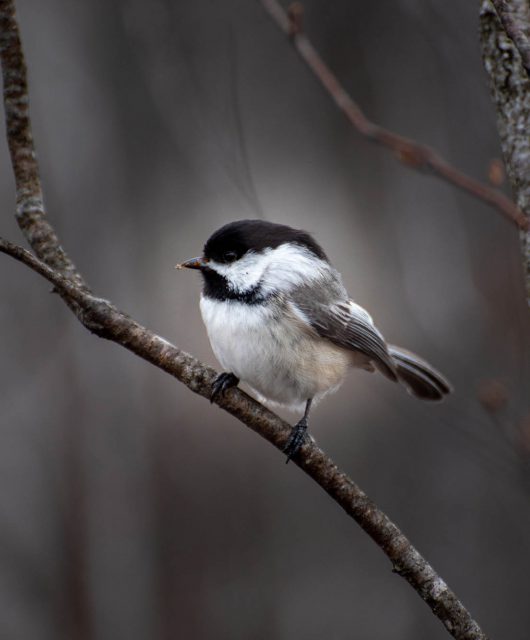
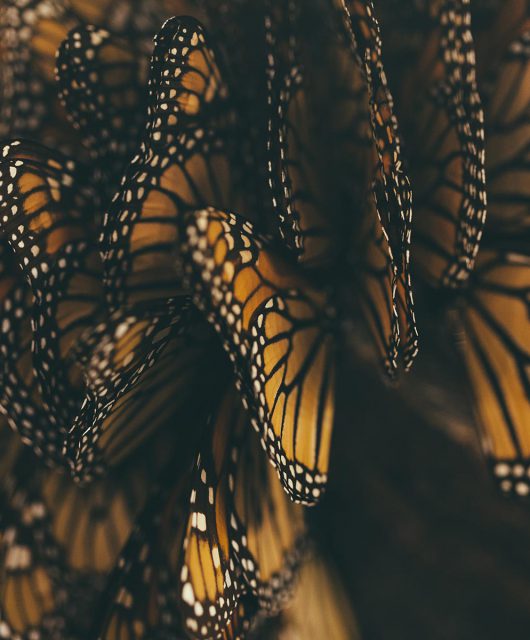

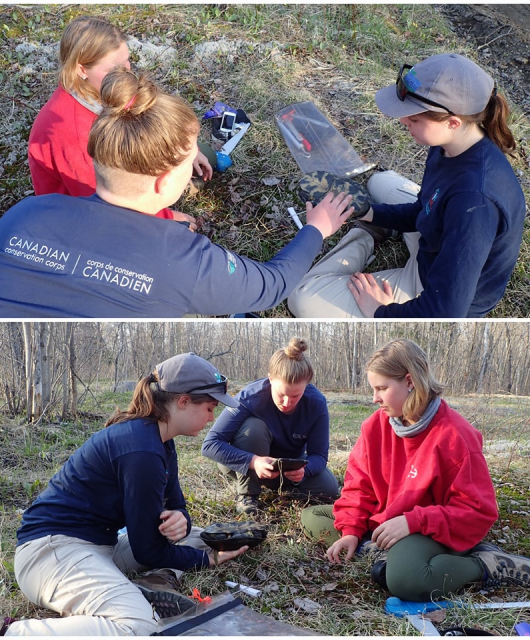
1 comment
Good Morning
I have a questfion about bats in my attic. We have had bats in the attic for the three years we have lived here. I was thinking of installing a bat house and sealing up the siding this year, but since the beginning of June they seem to have moved out. Can you let me know or provide a resource page about this. My questions are will they return for hibernation? or will they return for spring birthing time next season? This sudden move out coincided with changing out internet from Xplornet to Storm. We live in the woods near Pakenham ON.
Many thanks for any help you can provide.
Margie